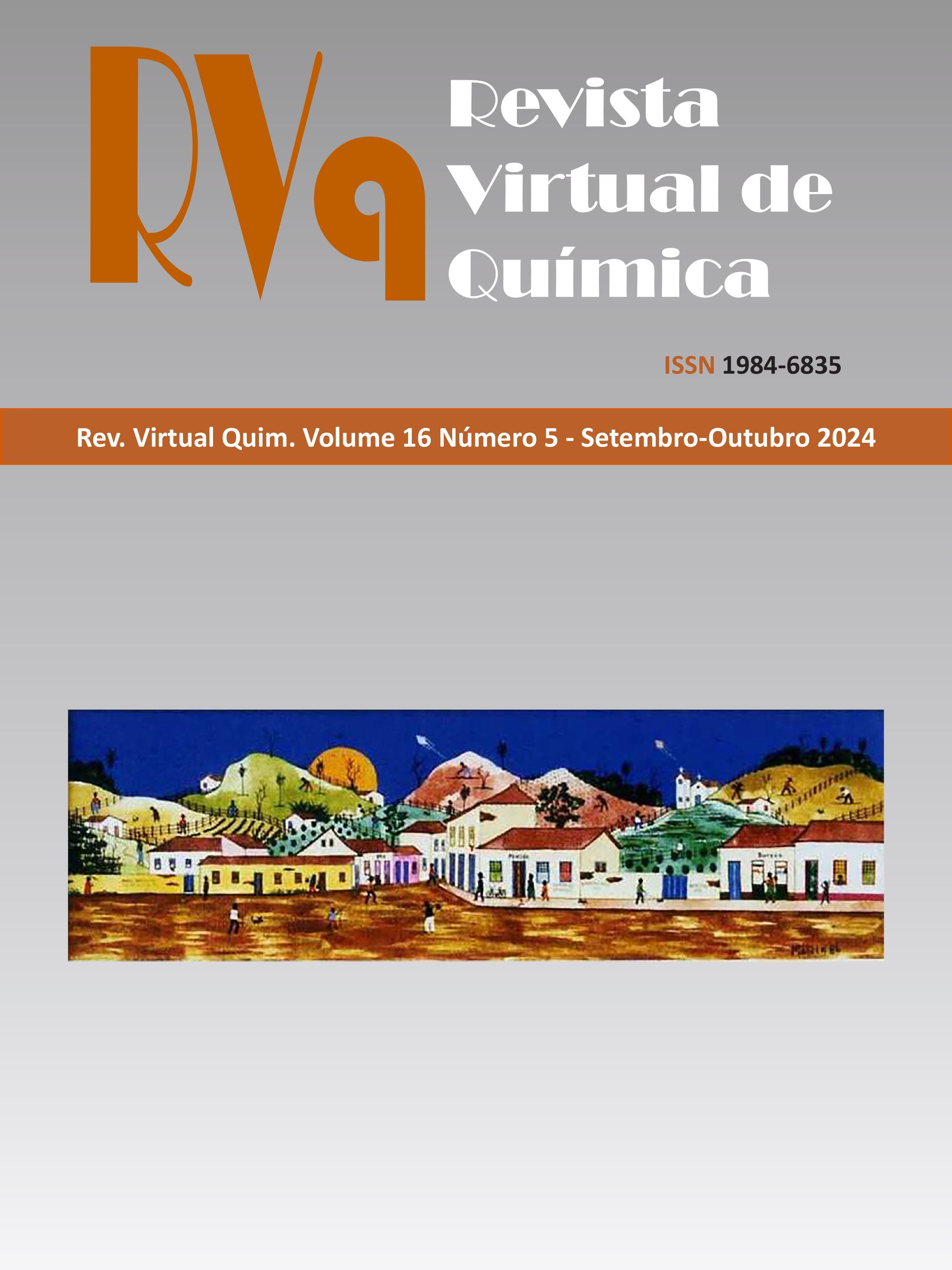Análise Multivariada de Imagem Digital e Espectro UV de Méis de Abelhas Nativas para Estimar Teores Totais de Fenólicos e Flavonoides
DOI:
https://doi.org/10.21577/1984-6835.20240036Resumo
Honey from stingless bees is widely consumed in tropical and subtropical regions of Brazil. However,
few studies have been carried out aiming to address its quality standards regarding its physicochemical
parameters, bioactive components, and nutritional and pharmacological potential. To contribute to the
knowledge about these honeys, in this context, 87 honey samples from 16 species of stingless bees had
their total phenolic content (TPC) and flavonoid content (FC) evaluated using the Folin Ciocalteu and AlCl3
complexation spectrophotometric methods, respectively. Additionally, the applicability of multivariate
calibration by Partial Least Squares (PLS) to estimate TPC and FC from UV spectra and digital imaging
of honey samples without any pretreatment was investigated. This approach aims to enable aquick
evaluation of these honeys without the use of chemical reagents or organic solvents, thus contributing to
an environmentally friendly analytical protocol. The results demonstrated that the PLS models effectively
represented the levels of total phenolics, expressed in terms of gallic acid equivalents, and flavonoid content,
expressed in terms of quercetin equivalents, in stingless bee honey samples. Therefore, the chemometric
approach of PLS regression proves to be a suitable and efficient tool to rapidly estimate TPC and FC in
honey samples from various species of stingless bees and different geographic origins.
Downloads
Publicado
Edição
Seção
Licença
Copyright (c) 2024 Revista Virtual de Química

Este trabalho está licenciado sob uma licença Creative Commons Attribution-NonCommercial-NoDerivatives 4.0 International License.
Autores que publicam nesta revista concordam com os seguintes termos:
Os direitos autorais para artigos publicados nesta revista são do autor, com direitos de primeira publicação para a revista. Em virtude do acesso público, os artigos são de uso gratuito em aplicações educacionais e não-comerciais desde que com reconhecimento da autoria e da publicação nesta revista.

